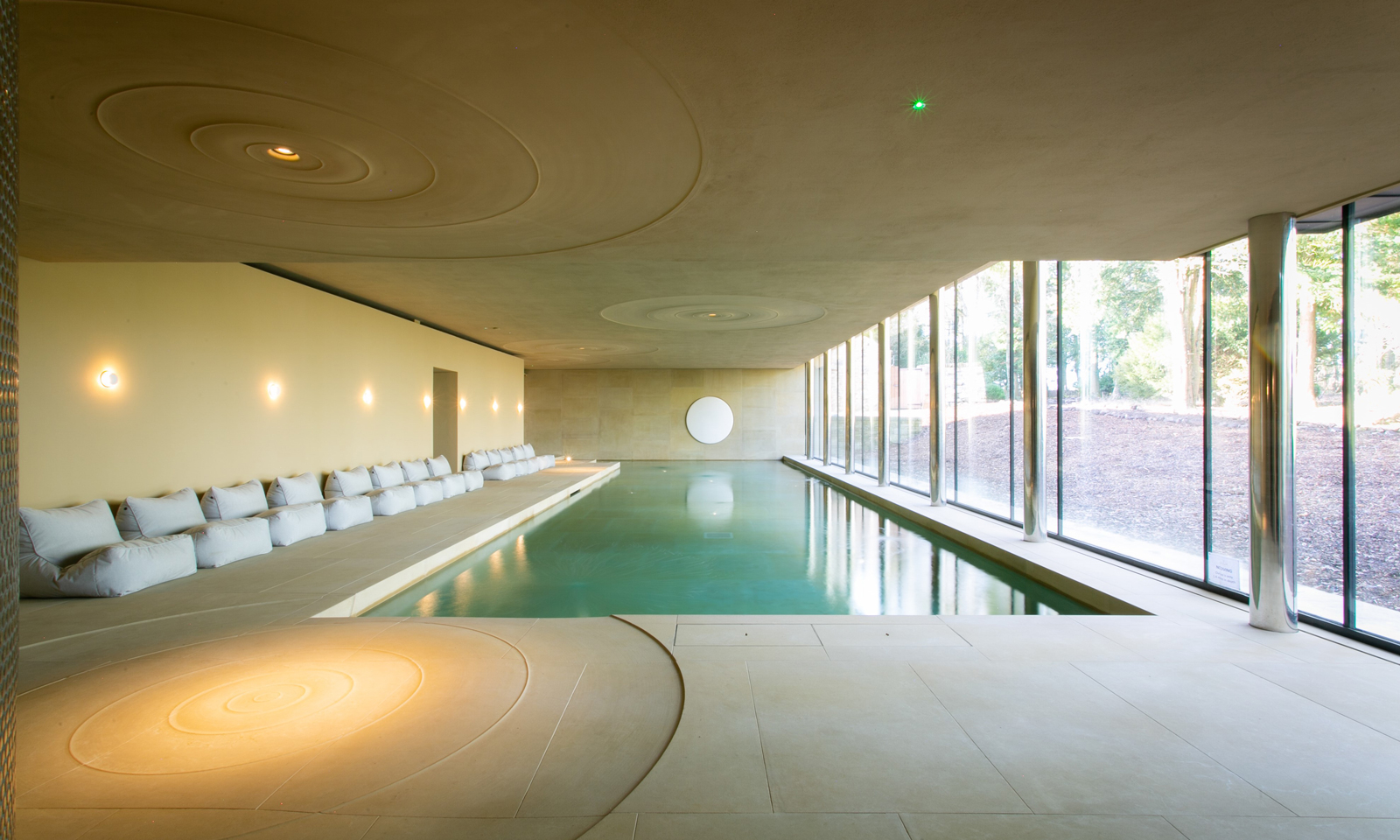
Column: More sustainable lighting design – where less really is more!
Monthly Column By Zerlina Hughes
Lighting design practice is a combination of art and science. Historically, on commercial schemes, the engineering solution has dominated over more creative design approaches. There have been good reasons for this, and we still of course need to meet and respect all building regulations and best practice standards for the lit environments we work, live and play in. But this does not need to be delivered – and in some cases over-delivered – by a regular grid of luminaires, based more on engineering calculations than on designed spaces with the end users’ experience and best space rendering in mind.
We are at an exciting moment in the development of lighting design practice, where technological advancements allow us to be more nuanced. The fact these newer technologies can offer a huge range of possibilities means it is as important as ever for a designer to harness and understand them. Good design has to be sustainable design too and this needs to be embedded in the practice. We can reduce hardware. Luminaires have a capacity to colour change and have a dynamic distribution – hence increasing their versatility giving one source the ability to perform different functions.
By using software and intelligent control systems more rigorously, we can benefit from this increased potential. There are areas that require a uniformity and working to calculation here is imperative, but there are also areas that benefit from changes in luminance and a rhythm of light and shade. We should no longer design by regular array, where sometimes 30% of fittings are not required to perform the required functioning. A simple change in distribution from lens selection can also produce the same results as three fittings in an array. We often still see an overspecification in this area.
We should interrogate the provenance of our specifications and commit to supporting those manufacturers that assign to a circular economy model, where component parts are guaranteed to be upgraded, prolonging the guaranteed lifespan of a product from 5 to 20 years, and where discarded parts are recycled or repurposed.
Aesthetics and function are still paramount, but what we specify and allocate can work harder and in a lot of cases LESS can be more, which in terms of sustainability has to be the way forward. We should work more holistically as lighting designers with our creative partners – be they architects or interior designers – considering surrounding materiality and its potential luminous quality as much as assigning fittings. Our creativity can then come to the fore with our expansive palette, supported by our technical rigour.
Zerlina Hughes, Founder & Creative Director at Studio ZNA




